This article was co-authored by Alex Dimitriu, MD. Alex Dimitriu, MD is the Owner of Menlo Park Psychiatry and Sleep Medicine, a clinic based in the San Francisco Bay Area with expertise in psychiatry, sleep, and transformational therapy. Alex earned his Doctor of Medicine from Stony Brook University in 2005 and graduated from the Stanford University School of Medicine's Sleep Medicine Residency Program in 2010. Professionally, Alex has dual board certification in psychiatry and sleep medicine.
wikiHow marks an article as reader-approved once it receives enough positive feedback. In this case, 100% of readers who voted found the article helpful, earning it our reader-approved status.
This article has been viewed 320,660 times.
Napping can help refresh and refocus the mind, leading to increased productivity and awareness. Whether you're at school, at home, or at work, learning how to snatch a quick nap is an essential skill. You can learn to nap effectively, create a great sleeping environment in which to nap, and other things you can do to rest up if a nap isn't possible. See Step 1 for more information.
Steps
Napping Effectively
-
1Keep it short. Grabbing 10-20 minutes of rest is usually best for a middle-of-the-day nap.[1] More than that can leave you feeling drowsier than when you started, meaning you'll have to go through the whole waking-up process for the second time in the day.[2]
- Alternatively, if you need a serious nap because you slept poorly the previous night, Try to aim for a full REM cycle of 90 minutes. Sleeping for 60 minutes can make you feel groggy for the rest of the day, whereas 90 minutes--a full sleep cycle--can leave you feeling refreshed.
-
2Nap in the early afternoon. The best time for a nap is between 12pm and 3pm, at which point your melatonin levels are highest and your energy level tends to be lowest. If you struggle with after-lunch drowsiness, grabbing a few minutes of nap can make you more productive and awake in the long-run, as opposed to gulping down an energy drink and trying to press on.[3]
- Try to avoid naps after 4pm, especially if you struggle with insomnia. Sleeping too late in the day can make it harder to get to sleep at night, when you want to go to sleep.[4]
Advertisement -
3Set an alarm. The idea of nodding off for too long can keep some people from actually falling asleep. Take the stress off and set an alarm, even if it's only 15 minutes from now, to wake you back up and get you back to whatever you've got to do. You can rest easy knowing you're not going to wake up when it's dark outside.[5]
- Use your phone to set a quick alarm, or get a coworker to cover for you and knock on your door in 15 minutes. Then return the favor.
-
4Try a caffeine nap. While it may sound counterintuitive to drink a cup of coffee right before you go to sleep, caffeine's got to travel all the way through your digestive tract before you feel that caffeinated jolt--a process that takes about 20 minutes--so some pro nappers swear by the caffeine nap, which times itself perfectly with your wake-up.[6]
- Down a quick cup of cold coffee just before nodding off and let the caffeine wake you up sharp and refreshed. It's still a good idea to set an alarm to keep yourself from sleeping too late.
Creating a Sleep Environment
-
1Try to make it dark. Whether you're at work or trying to nod off quickly in your living room, your nap will be more restful and you'll be able to fall asleep more quickly if you make your environment dark. Close the shades, turn off the lights, and curl up somewhere comfortable.[7]
-
2Eliminate noise and distractions. No lights, no radio, no TV, no distractions. If you're only going to lie down for 30 minutes, there should be a big to-do about easing yourself into slumber by listening to NPR for 15 minutes. Create total silence and get right into the nap.[8]
- Hit the bathroom right before you take a nap. No sense in getting interrupted by nature 5 minutes into your break.
-
3Consider using white noise to block out distracting background noise. If you have trouble getting to sleep quickly, consider playing some ambient drone music, white noise, or even turning on a fan to create a low-level hum that'll drown out the world. Do whatever will help you get into sleep-land that much quicker.
- ASMR videos on YouTube feature soothing up-close whispering or background noises that some people find sleep-inducing. It's an easy and free way to queue up something that'll help you drift off, or at least relax you.
-
4Lie down in a comfortable position. Try to lie down completely. Even if you're at work or somewhere other than your bedroom, lay on a couch, or even create a soft surface on the floor that you'll be able to recline on and grab a few Zs. It'll be too quick for you to get uncomfortable.[9]
- If you're at home, get into bed or lay on the couch. The couch can be a nice alternatively, because it'll be easier to get up and out of, making it seem less like a return to sleep and more like a quick break in your day. It'll be easier to get started doing things afterward if your nap is on the couch.
- If you're worried about getting in trouble at work, take your break in your car and put the seat back. If breaks are allowed, but napping at your desk is frowned upon, find somewhere private.
-
5Stay warm. Your body temperature drops off as you drift off to sleep, so Try to anticipate that you'll need a blanket or at least a long-sleeved shirt to stay warm enough to fall asleep. A nap isn't long enough to have to worry about repositioning and finding a blanket. Do it before you lay down.
-
6Just close your eyes and breathe deeply. Don't worry about falling asleep deeply and whether or not you're going to get enough rest before your alarm goes off. That's the best way to have a terrible nap. Even if you don't "fall" asleep, closing your eyes for 15 minutes and relaxing is an excellent way to rejuvenate yourself. Don't worry. Relax.
- If you're stressed about something and having trouble calming your mind, focus on your breathing. Try to think about nothing but taking deep, restorative breaths. Even if you don't fall asleep, deep breathing exercises are relaxing and effective.
-
7Don't feel guilty. It's proven that napping periodically throughout the day can make you a healthier and more productive worker. Napping boosts creativity, memory retention, and productivity. Winston Churchill and Thomas Edison were famous nappers. There's no need to feel guilty about resting when you need it. Sleeping in the middle of the day doesn't make you lazy, it makes you proactive.
Trying Alternatives
-
1Meditate. Instead of napping, try giving your brain and body a rest without falling asleep. Create a quiet environment, sit on the floor, and center yourself with deep breathing. Instead of trying to sleep, Try to clear your mind. Focus on watching your thoughts drift through, passing into and out of your mind. Set an alarm like you would for a nap, and reenter the work world rejuvenated and awake without actually sleeping.[10]
-
2Go for a walk after lunch. If your energy levels tend to dip after lunch, you're not alone. Instead of trying to sleep, some people find it more effective to get some light exercise to refresh yourself. Instead of napping, pop outside the office for a quick walk around the neighborhood, or even just jog around the building really quickly to get your blood pumping. Getting out in the sun can reawaken you and give you a much needed jolt of energy.[11]
- Treadmill desks are increasingly common at some workplaces. If you've got a treadmill at home, set yourself up to walk 'n work.
-
3Play a quick game. The middle of the work day might not be the best time for a whole campaign on Skyrim, but Luminosity offers brain-training exercises that some people find rejuvenating, providing a much-needed break and a good mind-jolt that can help you get through the rest of the day without sleeping. Likewise, crossword puzzles and Sudoku are time-tested brain teasers that some people need to shake up the routine monotony and wake back up.
- See if someone else in your workplace likes the same game you do, like chess. Keep a board somewhere and have a game going regularly. Take quick 10 or 15 minute breaks to play a short while and pick the game back up later. It'll break up your routine and get your thinking.
-
4Avoid more eating and caffeine. Trying to combat tiredness with empty calories and more coffee in the late afternoon can have the opposite effect, slowing you down and making you groggier. Despite the claims of energy drink companies as being the cure for your post-lunch dip, taking a quick nap is more effective than filling your body with empty calories. Try to avoid eating more if you're not hungry, and consuming more caffeine.
- If you do need a snack, make it something high in protein, like some mixed nuts. Nuts can satisfy your hunger and give you something substantial to burn. Keep some nuts at your desk to munch on when you need a quick snack.
References
- ↑ Alex Dimitriu, MD. Sleep Specialist. Expert Interview. 16 October 2019.
- ↑ http://www.mayoclinic.org/healthy-living/adult-health/in-depth/napping/art-20048319?pg=2
- ↑ https://www.mayoclinic.org/healthy-lifestyle/adult-health/in-depth/art-20048319?pg=2
- ↑ Alex Dimitriu, MD. Sleep Specialist. Expert Interview. 16 October 2019.
- ↑ https://www.sleep.org/sleep-questions/how-long-to-nap/
- ↑ Alex Dimitriu, MD. Sleep Specialist. Expert Interview. 16 October 2019.
- ↑ Alex Dimitriu, MD. Sleep Specialist. Expert Interview. 16 October 2019.
- ↑ Alex Dimitriu, MD. Sleep Specialist. Expert Interview. 16 October 2019.
- ↑ Alex Dimitriu, MD. Sleep Specialist. Expert Interview. 16 October 2019.
About This Article
The best way to approach napping is to sleep for a maximum of 10-20 minutes between 12 PM and 3 PM, although if you need to nap because you slept poorly the night before, aim for a full REM cycle of 90 minutes. If you find it difficult to sleep during the day, ensure that the room is dark and quiet and that you have a long-sleeved shirt to stay warm. Even if this doesn’t work, just spending a few minutes breathing deeply with your eyes closed will help to refresh your mind and body. For advice on energy-boosting alternatives to napping in the workplace, scroll down!
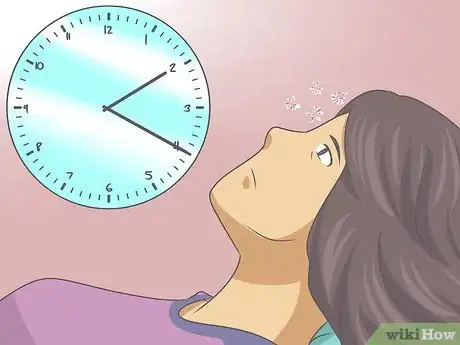


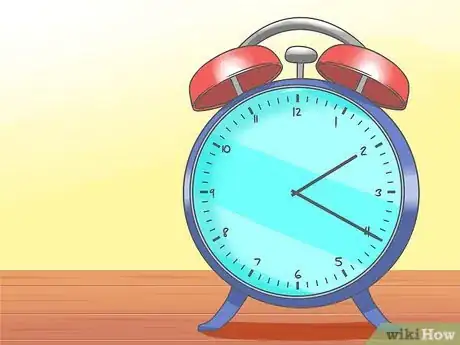
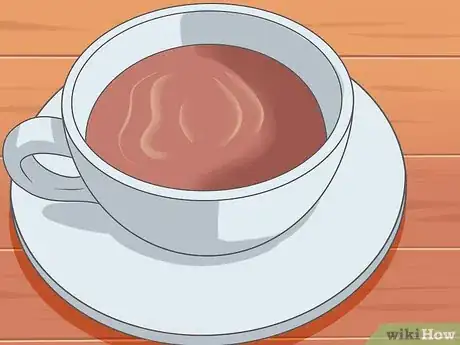

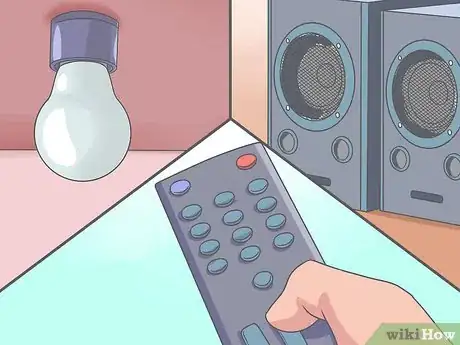

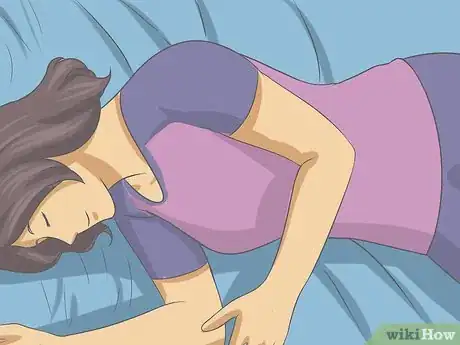
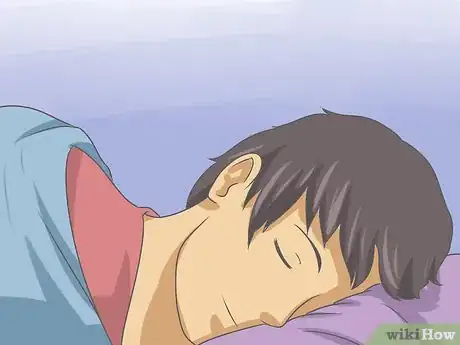

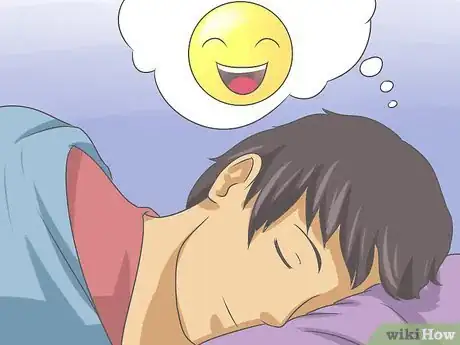
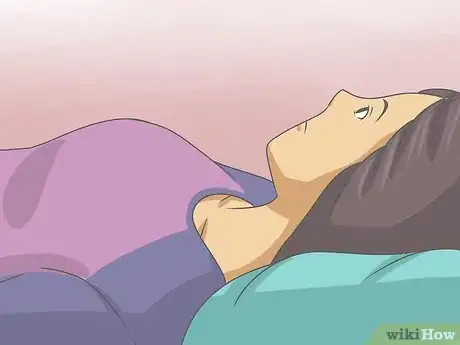
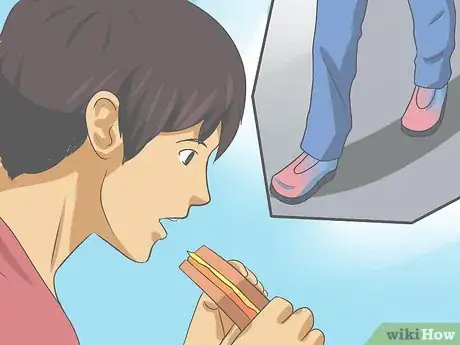
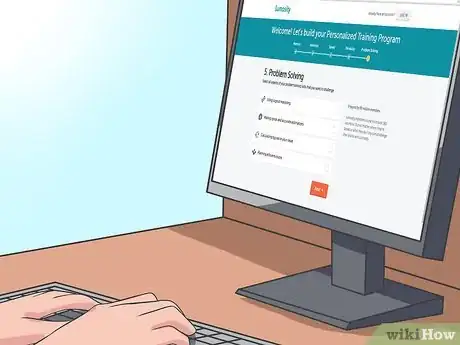
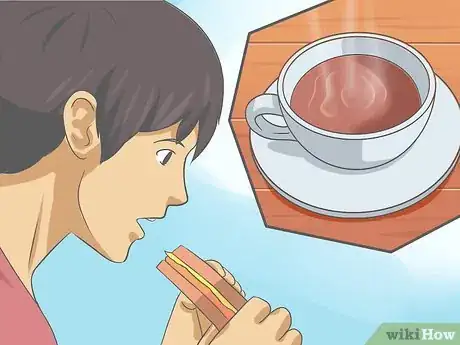
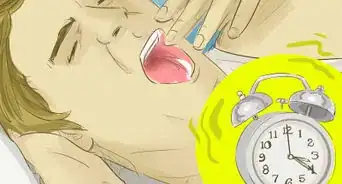

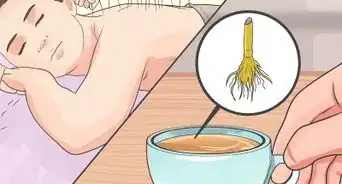


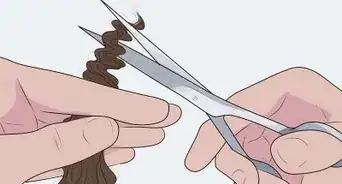


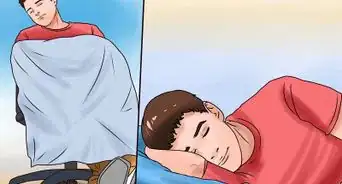
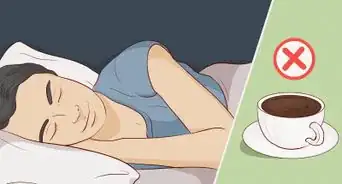














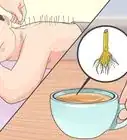




































Medical Disclaimer
The content of this article is not intended to be a substitute for professional medical advice, examination, diagnosis, or treatment. You should always contact your doctor or other qualified healthcare professional before starting, changing, or stopping any kind of health treatment.
Read More...